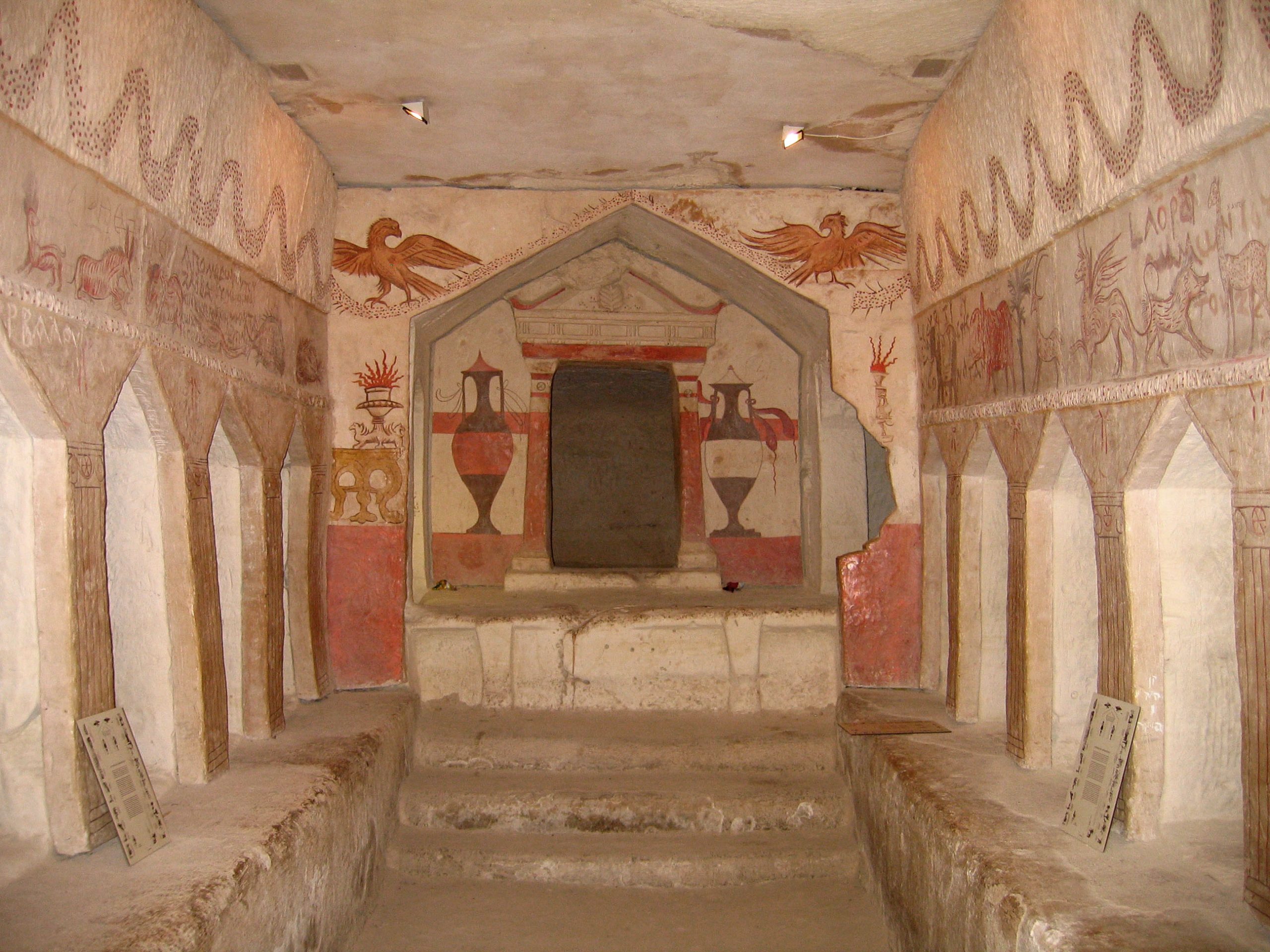Beit Guvrin-Maresha National Park: A Historical and Archaeological Overview
Beit Guvrin-Maresha National Park, located 13 kilometers from Kiryat Gat in central Israel, is a site of significant historical and archaeological importance. Recognized by UNESCO as a World Heritage Site, the park encompasses a vast network of caves, alongside the remnants of the ancient towns of Maresha and Bayt Jibrin. It is important to note that while the park includes these historical towns, the UNESCO designation specifically pertains to the cave network.
Get your dose of History via Email

Historical Context
The earliest written record of Maresha appears in the Hebrew Bible, identifying it as a city within ancient Judah (Joshua 15:44). The city is noted for its fortification by Rehoboam against Egyptian aggression. Following the fall of the Kingdom of Judah, Maresha became part of the Edomite kingdom. The late Persian period saw a Sidonian community settling in Maresha, as mentioned in the Zenon Papyri (259 BC). The city played a role during the Maccabean Revolt, leading to its capture and destruction by Hasmonean king John Hyrcanus I in 112 BCE. The subsequent devastation by the Parthians in 40 BC left the city in ruins, never to be rebuilt.
Beit Guvrin, known in the Roman era as Eleutheropolis, emerged as the principal town following Maresha’s decline. The Roman general Vespasian captured it during the Jewish War (68 CE), and it faced destruction during the Bar Kochba revolt (132–135 CE). Re-established as a Roman colony, it was granted the status of a city in 200 CE, under the name “Eleutheropolis”.

Archaeological Excavations
The site of Maresha was first excavated in 1898–1900, revealing a fortified Hellenistic city. Subsequent excavations, particularly those led by Israeli archaeologist Amos Kloner after 1989, have unearthed significant findings at both Maresha and Beit Guvrin/Eleutheropolis, including a Roman-Byzantine amphitheater, a Byzantine church, and a Crusader fortress.
Unique Features of the Park
Sidonian Burial Caves
The Sidonian burial caves, exclusive for their interior paintings, served as the family tomb of Apollophanes, the Sidonian community leader in Beit Guvrin. These caves feature paintings of both real and mythic animals, symbolizing various aspects of life and death.
Bell Caves
The park is home to approximately 800 bell-shaped caves, many interconnected through underground passageways. These caves, reaching their zenith in the Hellenistic period, were primarily used for chalkstone extraction.

Columbaria
Beit Guvrin-Maresha National Park contains well-preserved columbaria from the Hellenistic and Roman periods. These structures, carved from the soft chalkstone endemic to the area, housed hundreds of pigeons, indicating the significance of pigeon breeding and messaging in ancient times.
Cave Dwellings
The park also features extensive networks of cave-like dwellings, carved from the chalkstone bedrock. These dwellings, complete with water cisterns and millstones, highlight the ingenuity of ancient inhabitants in utilizing natural resources for their daily needs.
Conclusion
Beit Guvrin-Maresha National Park offers a unique window into the past, showcasing the rich history and cultural heritage of the region. The archaeological findings from the site, ranging from burial caves to amphitheaters, provide invaluable insights into the lives of its ancient inhabitants. As a UNESCO World Heritage Site, the park continues to attract researchers and visitors alike, eager to explore its historical and archaeological treasures.
Sources:

